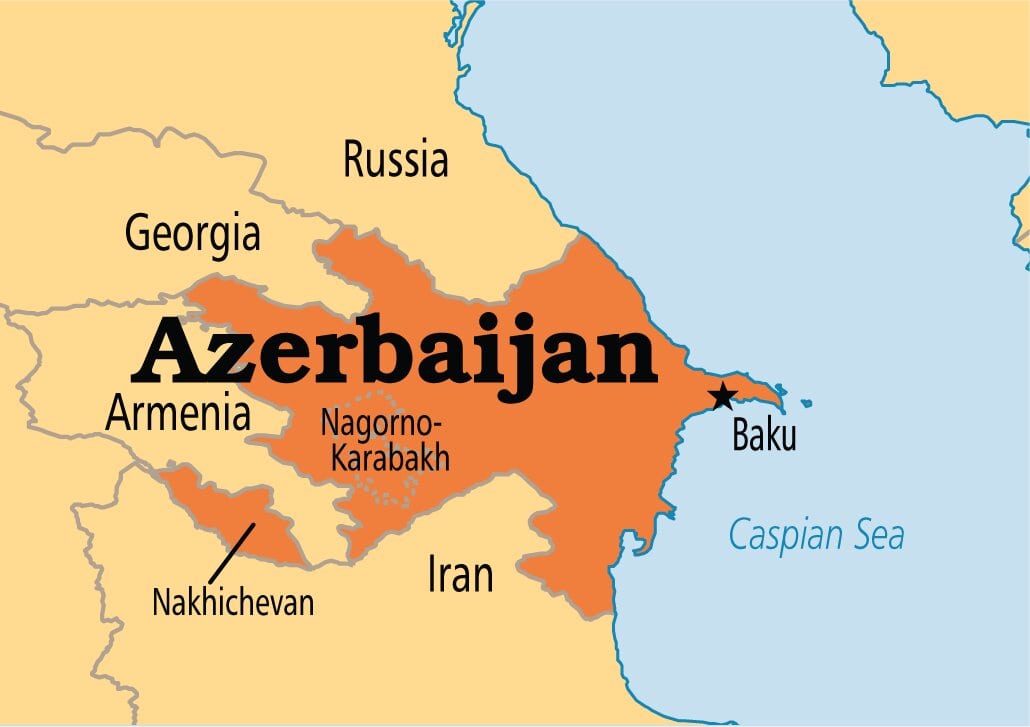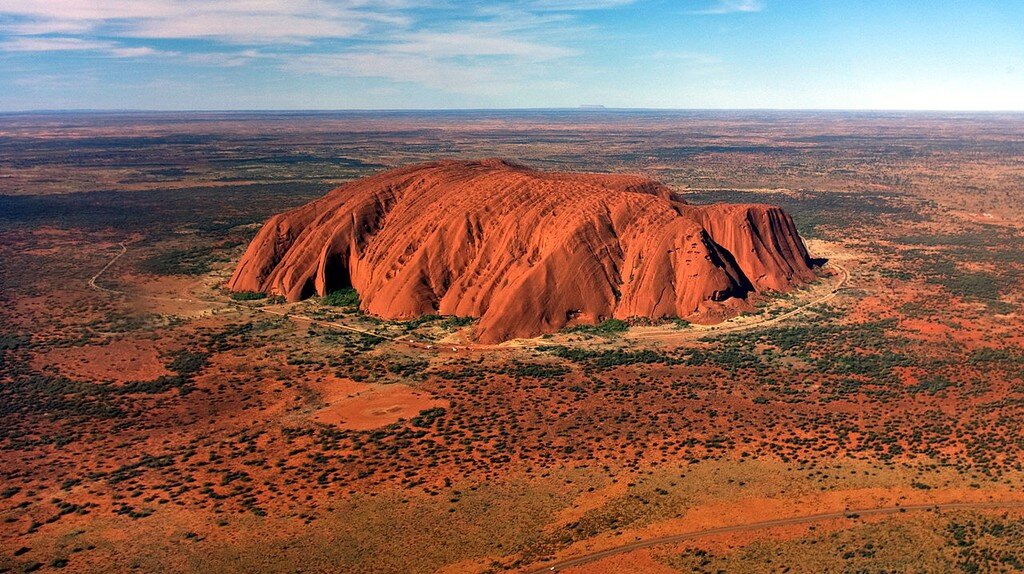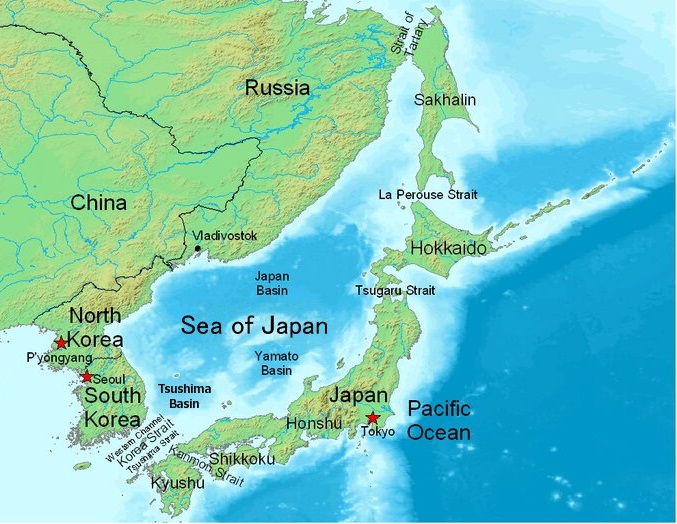International Relations
18th Non-Aligned Summit
Recently, the Vice President of India attended the 18th Non-Aligned Movement (NAM) Summit which was held in Baku, Azerbaijan.
- The theme for the 18th NAM Summit is “Upholding the Bandung Principles to ensure concerted and adequate response to the challenges of the contemporary world.''

- The theme relates to the forthcoming 65th anniversary of Bandung Principles (2020) and the 60th anniversary of the establishment of the Non-Aligned Movement (2021).
- Bandung principles promote world peace and cooperation which were formulated at the Asian-African Conference in 1955.
- This NAM Summit majorly focussed on contemporary issues such as Terrorism, threats to peace and security, UN reform, climate change, sustainable development, economic governance, and south-south cooperation.
India and Non-Aligned Movement (NAM)
- India is a founder member of NAM. It participated actively in NAM meetings till 1970s but India’s inclination towards erstwhile USSR created confusion in smaller members.
- It led to the weakening of NAM and small nations drifted towards either the US or USSR.
- Further India’s New Economic Policy and inclination towards the US raised questions over India’s seriousness over non-alignment.
- The disintegration of the USSR led to the unipolar world order dominated by the US.
- Moreover, NAM continued losing relevance for India in a unipolar world, especially after the founding members failed to support India during the crisis.
- For instance, during the 1962 War with China, Ghana and Indonesia adopted explicitly pro-China positions.
- During the 1965 and 1971 wars, Indonesia and Egypt took an anti-India stance and supported Pakistan.
- Recently, the Prime Minister of India skipped the second NAM summit in a row (17th and 18th NAM Summit).
- It had been the customary practice ever since the inception of NAM that India had always participated in the summit meetings through its prime minister, with the single exception of the 6th NAM Summit when Chaudhury Charan Singh was the caretaker PM and hence missed it.
- Moreover, India has started to actively engage with new and old global powers.
- India joining the Quadrilateral Security Dialogue, a coalition seen by many as a counter force to China’s rise in the Indo-Pacific and Shanghai cooperation organization led by China shown India’s balancing approach in the new world order.
International Relations
Developing Country Status in WTO
The South Korean Government has decided not to seek any special treatment as a developing country from future negotiations at the World Trade Organization (WTO).
- However, this does not mean that the country would forego its developing country status at the WTO.
- South Korea, Asia’s fourth-largest economy, has maintained its developing country status as a member of the WTO since the body’s creation in 1995, mainly to guard its agriculture industry. E.g.:
- It imposes a tariff of more than 500% on rice imports.
Developing Country Status in WTO
- There are no WTO definitions of “developed” and “developing” countries. Members announce for themselves whether they are “developed” or “developing” countries.
- However, other members can challenge the decision of a member to make use of provisions available to developing countries.
- The WTO Agreements contain special provisions which give developing countries special rights. These provisions are referred to as “Special and Differential Treatment” (S&D) provisions.
- The special provisions include:
- Longer time periods for implementing Agreements and commitments,
- Measures to increase trading opportunities for developing countries,
- Provisions requiring all WTO members to safeguard the trade interests of developing countries,
- Support to help developing countries build the capacity to carry out WTO work, handle disputes, and implement technical standards, and
- Provisions related to least-developed country (LDC) Members.
- Benefits to Developing Countries in the WTO:
- The Agreement Establishing the World Trade Organization (also known as “the WTO Agreement”) specifies that international trade should benefit the economic development of developing and least-developed countries.
- General Agreement on Tariffs and Trade (GATT)— gives developing countries the right to restrict imports, if doing so would promote the establishment or maintenance of a particular industry, or assist in cases of balance-of-payments difficulties.
- Part IV of the GATT includes provisions on the concept of non-reciprocal preferential treatment for developing countries, i.e. when developed countries grant trade concessions to developing countries they should not expect the developing countries to make matching offers in return.
- However, developing countries claim that Part IV has been without practical value as it does not contain any obligations for developed countries.
- Issues:
- Recently, U.S. President had put pressure on the WTO to change how it designates developing countries, singling out China, with which the United States is engaged in a trade war, for unfairly getting preferential treatment.
- The United States also recently proposed, that in current and future negotiations, following should not invoke the self-declaration option:
- Members of the Organization for Economic Cooperation and Development (OECD)
- Members of the Group of 20 (G-20),
- High income countries as per the World Bank definition, or
- Countries that account for 0.5% or more of global merchandise trade.
- In a rebuttal to the US approach, China, India, South Africa, and others submitted a proposal of their own. While reiterating that self-declaration is appropriate in the WTO context, they make the point that per capita indicators must be given top priority when assessing development levels.
- WTO members can consider the following steps to help integrate developing countries in global trade:
- Countries can decide to follow South Korea’s example and not claim differentiated treatment, without the need to declare themselves “developed.”
- Negotiations should provide for differentiated treatment taking into account the policy making challenges in developing countries without establishing permanent exemptions. These provisions should either be time-bound or have clear threshold and phaseout criteria, as in the WTO Agreement on Subsidies and Countervailing Measures.
Important Facts For Prelims
Excavation Sites of Sangam Age
- The Archaeological Survey of India (ASI) has approved the Tamil Nadu’s request to continue excavations at four locations including Keeladi.
- This development is expected to bridge the 1000 years gap in history between the Sangam Age and the Indus Valley civilization.
- The excavation will be undertaken at the following sites:
- Keeladi-
- Located in Sivaganga district on the banks of river Vaigai.
- It is an urban settlement of Sangam Age.
- Kodumanal-
- Village located in Erode district, TN.
- Flourishing ancient trade city known as Kodumanam (as inscribed in Pathitrupathu of Sangam Literature).
- It is located on the northern banks of Noyyal River (a tributary of the Cauvery).
- Sivagalai-
- Village in the Tuticorin district, TN.
- It was once known as ‘Small Ceylon’ by Britishers.
- Evidence of megalithic archaeological remains were found here in 2018.
- Adichanallur-
- Located in Thoothukudi district, TN.
- In 2004, iron-age (1500 BC to 500 BC) burial sites were unearthed by ASI from here.
- Keeladi-
Archaeological Survey of India (ASI)
- ASI is the premier organization for the archaeological research, scientific analysis, excavation of archaeological sites, conservation and preservation of protected monuments.
- It is an attached office under the Department of Culture, Ministry of Culture.
- ASI was founded in 1861 by Alexander Cunningham- the first Director-General of ASI.
Sangam Age
- The word ‘Sangam’ is the Tamil form of the Sanskrit word ‘Sangha’ which means a group of persons or an association.
- The Sangam literature was largely consolidated from the third Sangam and throws information on conditions of life of people around the beginning of the Christian era.
- The Age of the Sangam is the age to which the Sangam literature belonged.
Important Facts For Prelims
Sakhalin Oil Field
Recently the Minister of Petroleum and Natural Gas has visited Sakhalin oil field in Russia.
- Exxon Mobil (US), Rosneft (Russia), Japanese SODECO and ONGC Videsh are the partners in this field which will continue to produce oil and gas till 2055.
- During the recent Vladivostok Summit, there was agreement on a roadmap of cooperation over the next five years in the hydrocarbon sector.
- It included strengthening Liquified Natural Gas (LNG) exports to India; encouraging Russian companies to participate in gas projects in India; exploring the possibility of Indian companies collaborating in LNG projects, including in Arctic LNG infrastructure projects; cooperation at the university level, among others.
- Sourcing of coking coal from the Russian Far East is now a major priority.
Important Facts For Prelims
Australia’s Uluru Rock
Australia’s giant Red Monolith- Uluru (Also known as Ayers Rock) has been permanently closed for trekking by the Australian government.
- The spiritual significance for Anangu (An aboriginal tribe of Australia) is responsible for the ban.
Uluru
- It is the huge red rock monolith located in the Central Australian desert.
- Ayers Rock (now Uluru) was first declared a national park in 1950 and renamed as Uluru-Kata Tjuta National Park in 1993.
- Uluru-Kata Tjuta National Park is included in the UNESCO World Heritage List for both its natural and cultural values.
- Uluru is made up of sandstone and is about half a billion years old.
- It stands 348 metres high and has a circumference of 9.4 km.





